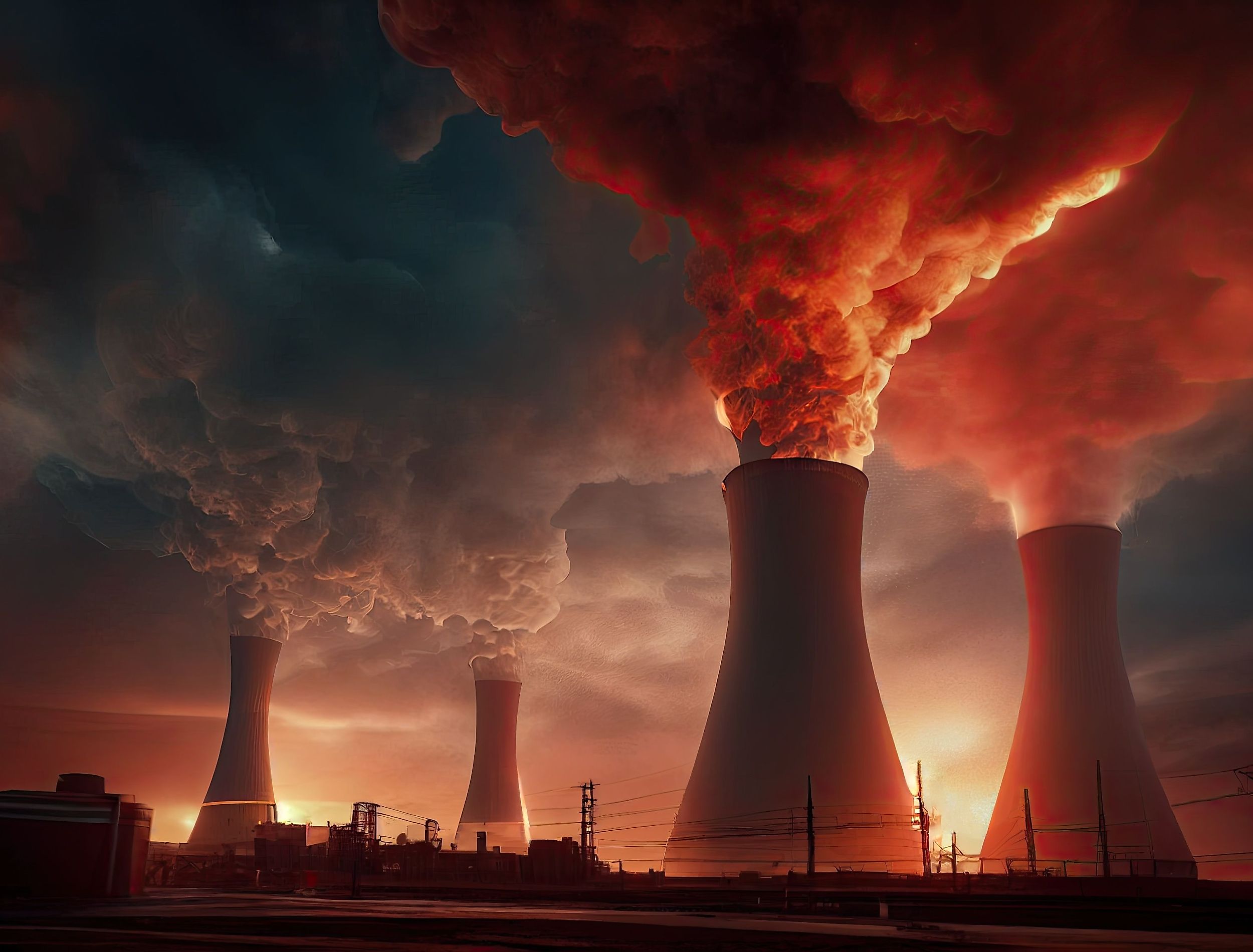
History's 10 Worst Nuclear Disasters
As climate change becomes a more serious threat with every passing day, the world is looking for sources of clean and efficient energy. Electricity produced through nuclear power plants has always been a controversial topic. Whereas the proponents of nuclear power argue that nuclear power is a sustainable energy source that produces no carbon emissions, those against it only need to point toward the devastation wreaked by nuclear accidents in the past. The worst part is that the long-term effects of nuclear disasters can be felt for thousands of years.
Scientists believe that exposure to radiation from a nuclear accident can lead to increased instances of cancer, and genetic mutations in human beings. It can also impact plant growth and animal life cycles which take a toll on the ecosystem. The International Nuclear and Radiological Event Scale (INES) was created in 1990 to measure the safety of all nuclear and radiological events. The INES classifies all nuclear events from levels 0-7, with level 0 being a deviation, and level 7 being a major accident.
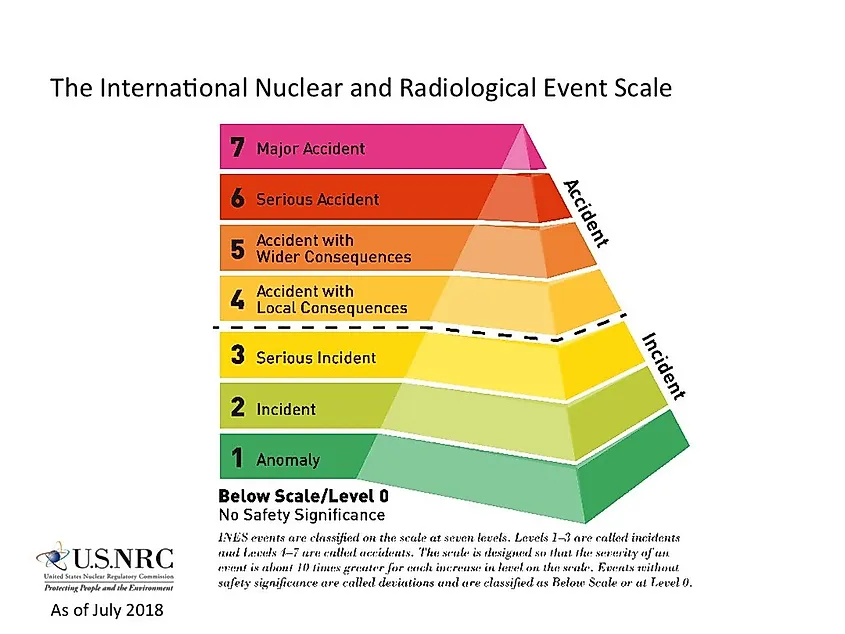
(Image Credit: Wikimedia Commons, the free media repository)
Let’s take a look at the 10 worst nuclear disasters of all time, all of which measured a level 4 or above on the INES.
1. Chernobyl, Ukraine (Level 7)
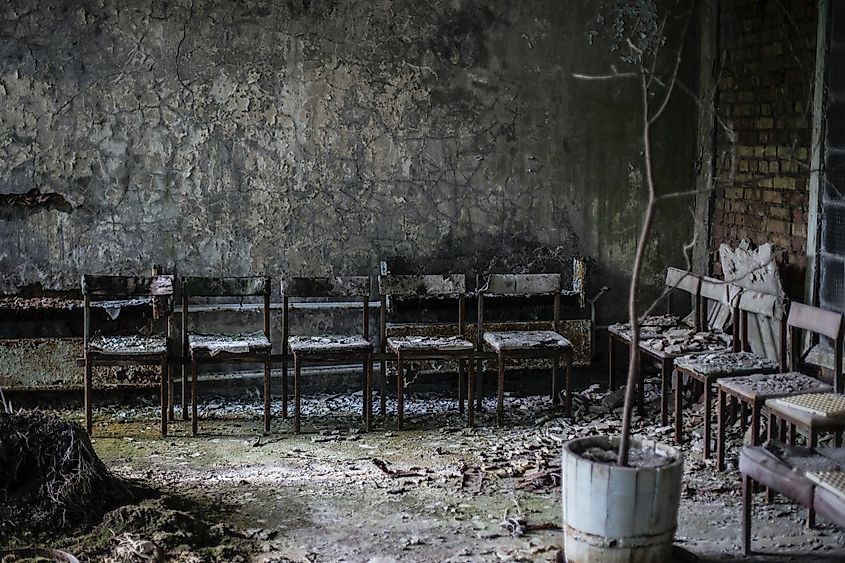
The worst nuclear disaster in history was the accident at the Chernobyl nuclear power plant in what is now Ukraine. Flaws in the nuclear reactor’s design and workers' failure to follow safety protocols led to the reactor exploding in April 1986. Scientists estimated the radioactive fallout from this explosion was 400 times greater than the fallout from the Hiroshima-Nagasaki bombings. Countries as far as Sweden were impacted by the contamination in the atmosphere.
Two men died on the spot, and thirty others diagnosed with Acute Radiation Syndrome (ARS) died soon after. The government had to evacuate over 335,000 people living in the surrounding town of Pripyat. A 19-mile-wide exclusion zone was also established around the reactor. Experts believe thousands of children and teenagers developed thyroid cancer because of radiation exposure. The zone around Chernobyl will remain uninhabitable for perhaps another 20,000 years.
2. Fukushima, Daiichi, Japan (Level 7)
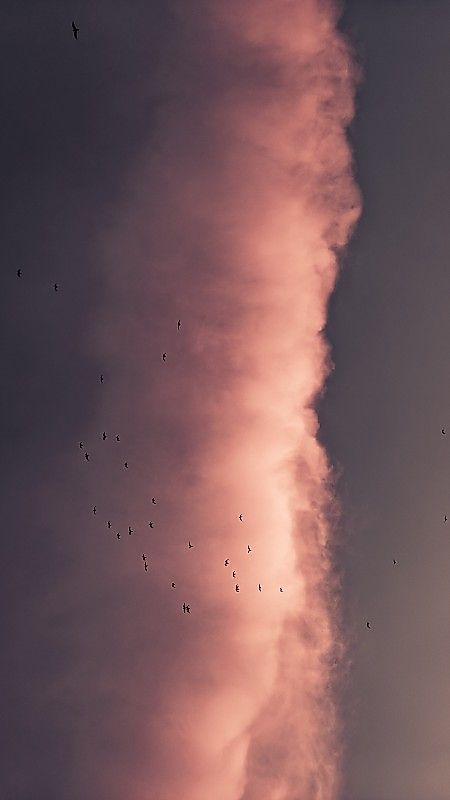
In March 2011, North-Eastern Japan experienced a terrible earthquake measuring 9.1 on the Richter scale, which led to a tsunami with waves over 132 feet. Already reeling under its impact, the government didn't realize that the tsunami had disabled the power supply of three nuclear reactors at the Fukushima Daiichi Nuclear Power Plant. This led to a meltdown. Two people died as a direct result. Around 160,000 people had to evacuate the area leaving homes and businesses because they did not want to risk radiation exposure. While the government has been working on decontaminating the region and has allowed a certain number of people to return, in July 2020 over 41,000 were still displaced.
Japan immediately closed down all its remaining nuclear power plants but began restarting them in 2015 following stringent safety measures.
3. Kyshtym, Russia (Level 6)
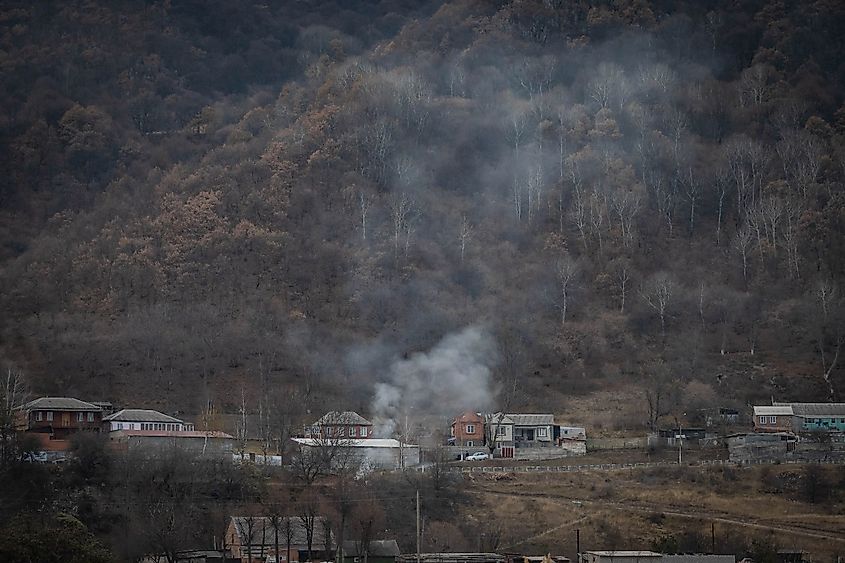
The third most deadly nuclear disaster happened in a place called Kyshtym, then a part of the Soviet Union. After World War II, the Soviets built “Mayak,” a nuclear plant, in Kyshtym to produce weapons.
In 1957, the reactor’s cooling system malfunctioned, leading to an explosion that released huge amounts of radioactive materials into the air. Since the entire program was top secret, the authorities kept the accident under wraps and were slow to order an evacuation. The Soviets denied the catastrophe until 1989 and even then continued to underplay the damage done. As a result, no one knows the exact number of casualties Kyshtym left in its wake.
4. Windscale, UK (Level 5)
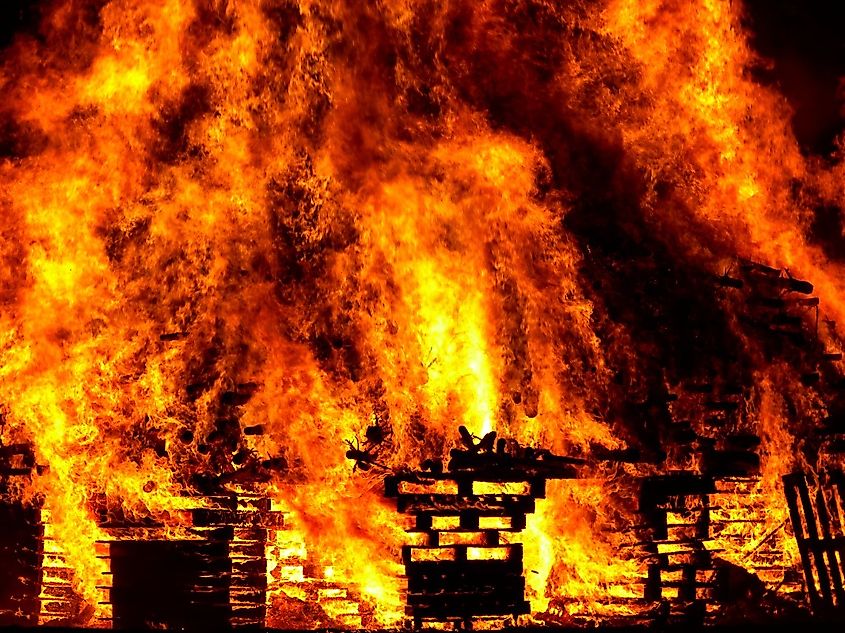
In 1957, the UK also experienced the worst nuclear disaster in its history. The country had built two nuclear reactors in Windscale (now part of Cumbria) in the late 1940s. In 1957, one reactor overheated, rupturing uranium cartridges. The result: A fire that burned for sixteen hours, releasing toxic radioactive materials into the air. The authorities were unforthcoming about the extent of damage done but banned milk sales in a 200-square-mile radius around the plant for many weeks. Experts believe this action may have prevented many far-reaching health consequences.
5. Three Mile Island, Pennsylvania, USA (Level 5)
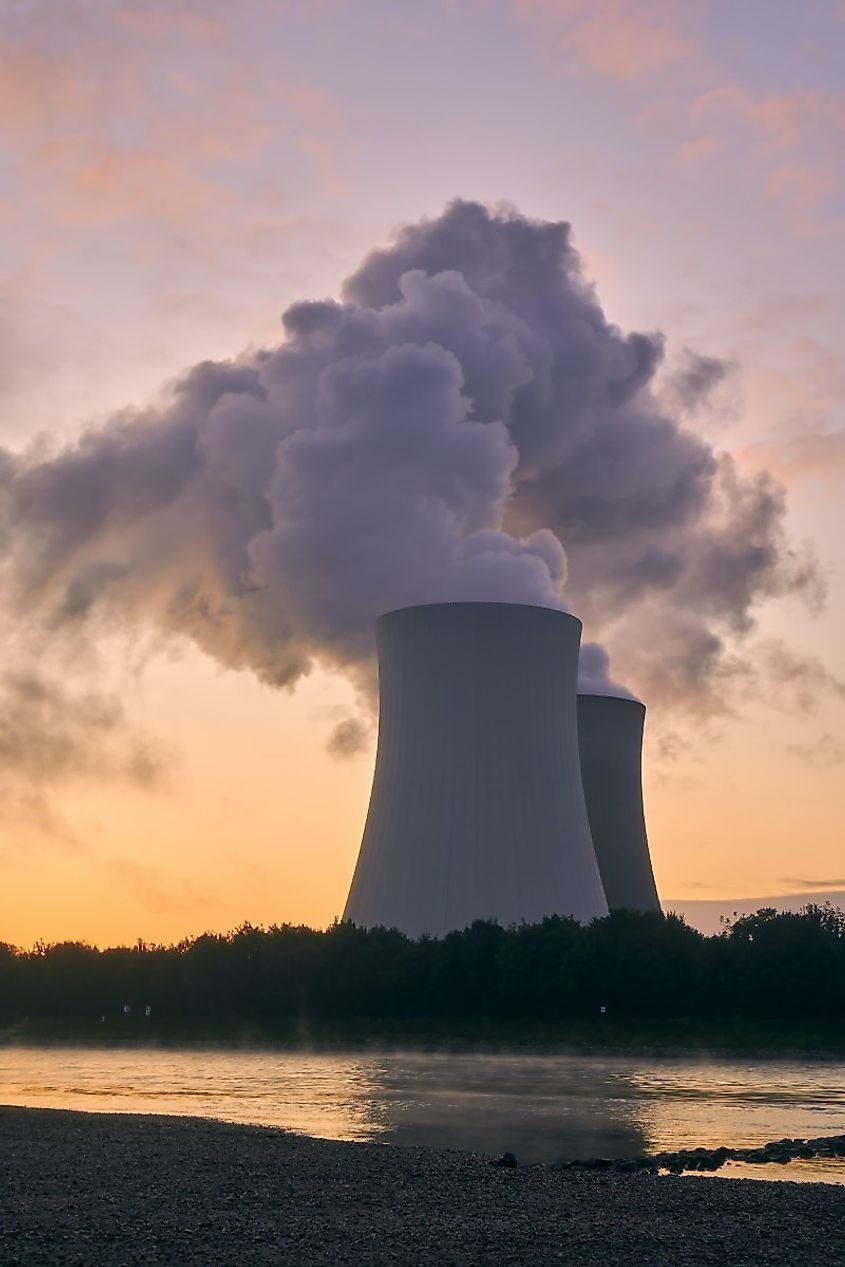
In 1979, a broken pressure valve in a nuclear reactor, at Three Mile Island in Pennsylvania, created panic among the plant workers. They made some errors in judgment, which led to the reactor's partial meltdown. They also did not discover a radiation leak until more than 24 hours had passed. The governor asked women and young children living within a five-mile radius of the reactor to leave the area. Everyone panicked and more than 100,000 persons fled town. No severe health consequences were linked to this accident, but it resulted in widespread fear and strong public opposition to the nuclear program.
6. First Chalk River, Canada (Level 5)
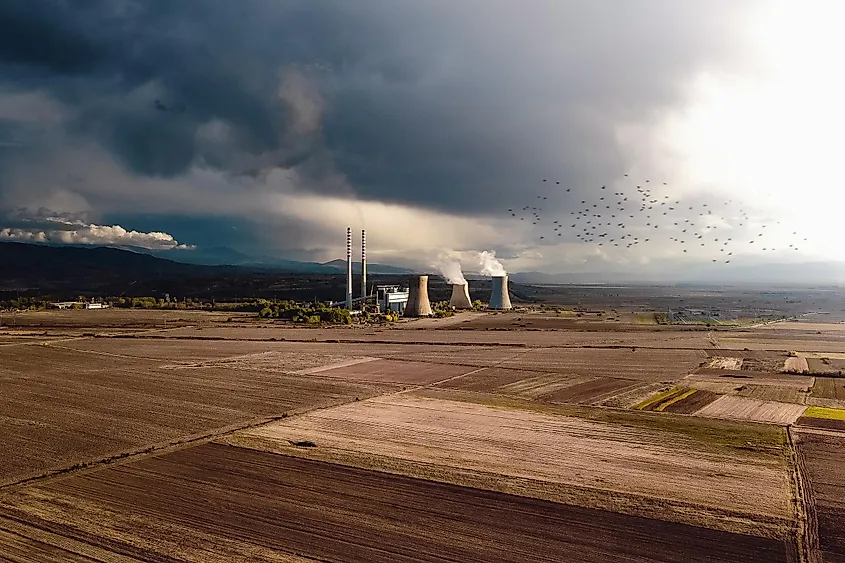
Canada only experienced one nuclear accident in its history, and that was in 1952, at Chalk River Laboratories' first nuclear research reactor. The reactor’s core got damaged because of a loss in coolant and it went through a partial meltdown. Luckily, there was no loss of life as the problem was discovered in time. Cleanup was a long and involved process though, and hundreds had to step up for the task. Interestingly, future US president, Jimmy Carter was a nuclear engineer in the US Navy at the time and was a part of the cleanup crew too.
7. Jaslovskè Bohunice, Czechoslovakia (Level 4)
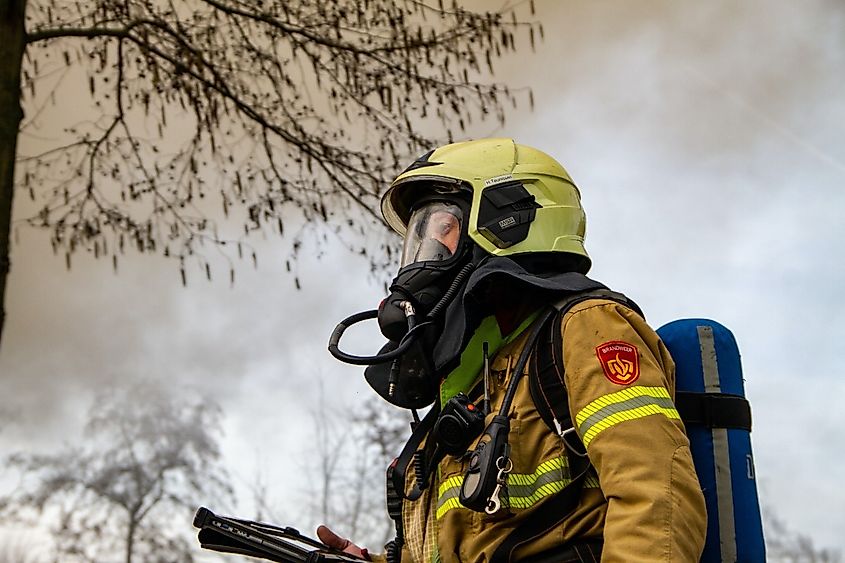
Czechoslovakia built its first nuclear power plant in Bohunice, with the objective that it would run on the uranium produced locally. Unfortunately, many accidents occurred in this facility, with the most serious one occurring in 1977. A worker made the mistake of removing cooling rods incorrectly during a routine fuel change. This led to a huge radioactive leak, but Soviet authorities hushed up the incident so no casualties were ever reported. The government decommissioned the plant after the incident though.
8. SL-1 Experimental Power Station, Idaho, USA (Level 4)
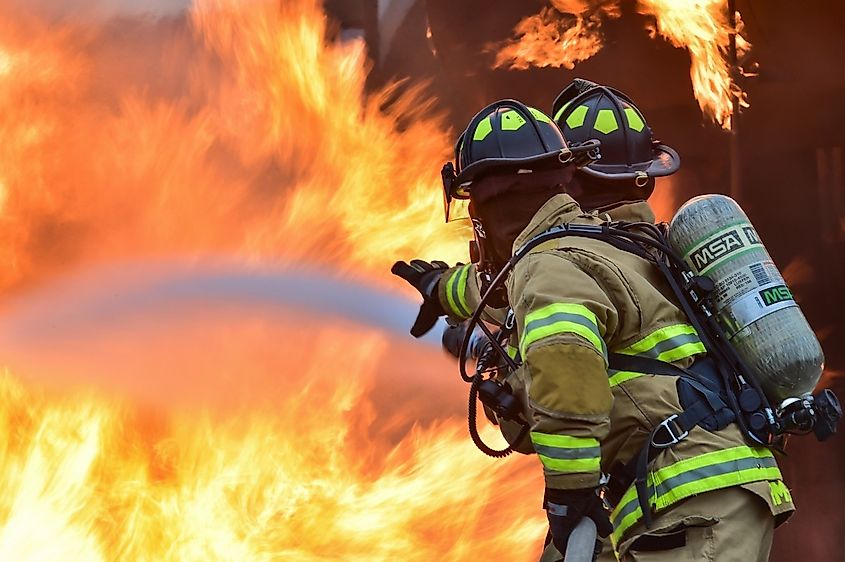
In 1961, the SL-1 nuclear reactor in Idaho exploded, resulting in the only fatal reactor accident in US history. The SL-1 was one of several reactors built in Idaho to learn about the process of creating nuclear energy. Sadly, when three military men came to restart the reactor after an 11-day shutdown for maintenance, something went wrong with a control rod and the result was an instant explosion. All three men died, but no radioactive contamination left the building so no one outside it got exposed to the radiation.
9. Saint-Laurent, France (Level 4)
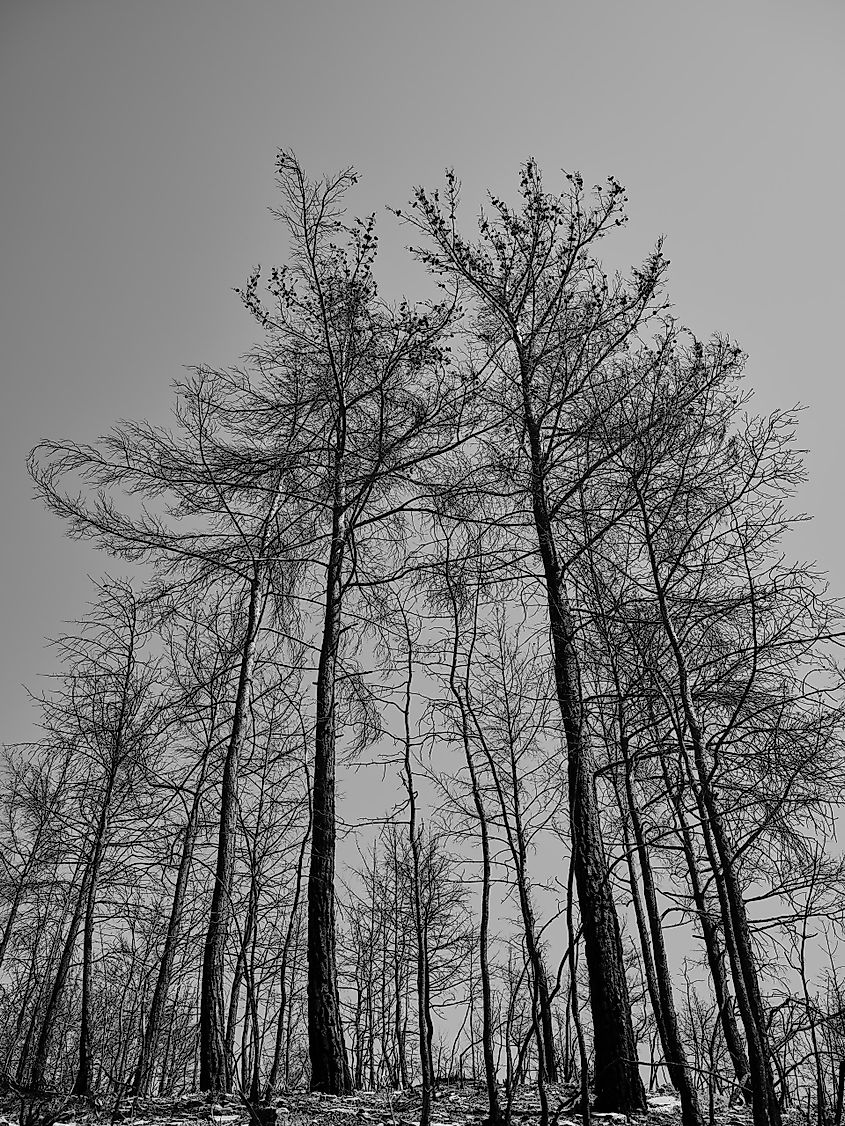
France has experienced two level 4 nuclear accidents at the same nuclear facility of Saint-Laurent. The first time was in 1969 when the uranium in the reactor melted, causing a partial meltdown. Workers spent a year cleaning and repairing the reactor, in a highly toxic environment.
France continued its nuclear development program, but unfortunately, another incident occurred at Saint-Laurent in 1980. The reactor’s cooling system failed, causing two fuels to melt in the reactor. The authorities provided no information about the incident, beyond announcing that no radiation had escaped outside the reactor or polluted the environment.
10. Tokaimura, Japan (Level 4)
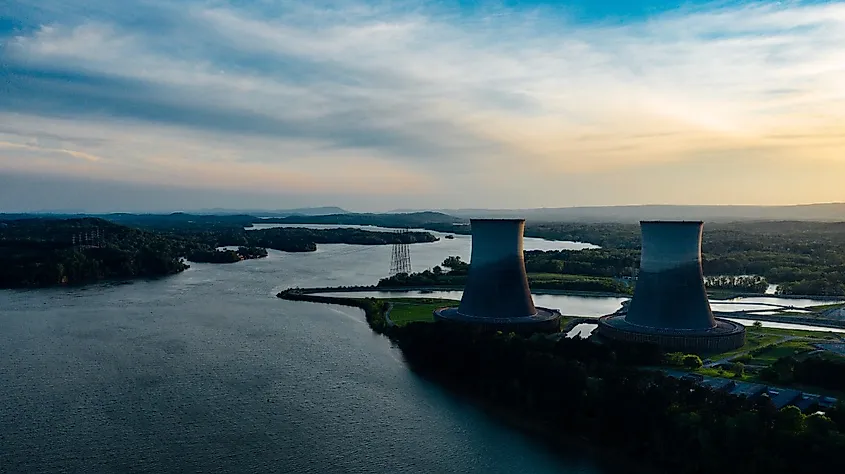
Japan had experienced a nuclear accident in 1999 as well. It occurred in a small plant where three workers were mixing two kinds of fuel to make uranyl nitrate for a nuclear reactor. Unfortunately, they misjudged the amounts they needed to mix and ended up using seven times the permitted amount of uranium. This resulted in radiation poisoning which killed two of them. Over 70 other people, most plant workers but also a few civilians were exposed to high levels of radiation as well. Authorities asked residents living close to the plant to evacuate their homes while they ensured the area was safe and contamination-free.
While nuclear power might be a sustainable source of energy, there is no denying that it comes with its own share of concerns. We can only hope that history doesn't repeat itself and the world doesn't have to live through another nuclear disaster.











